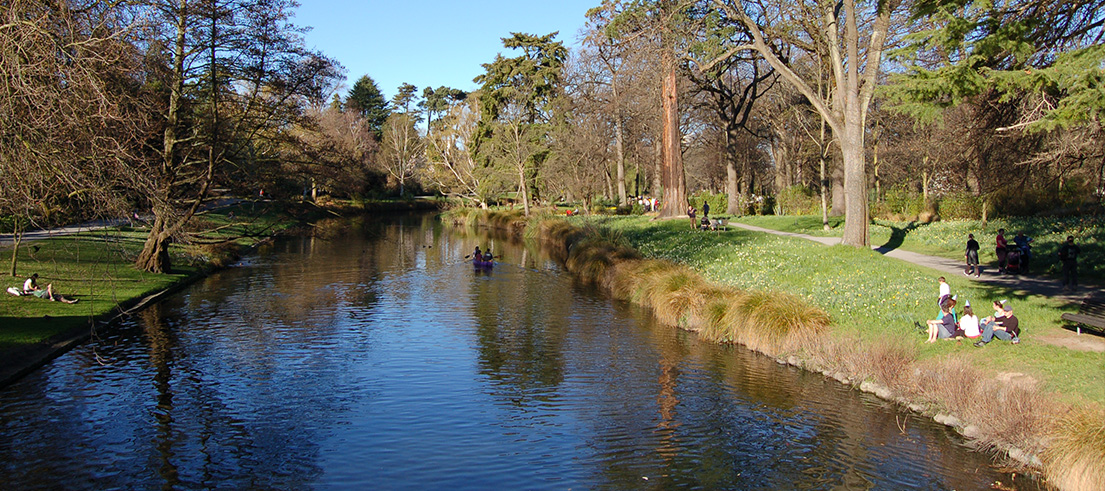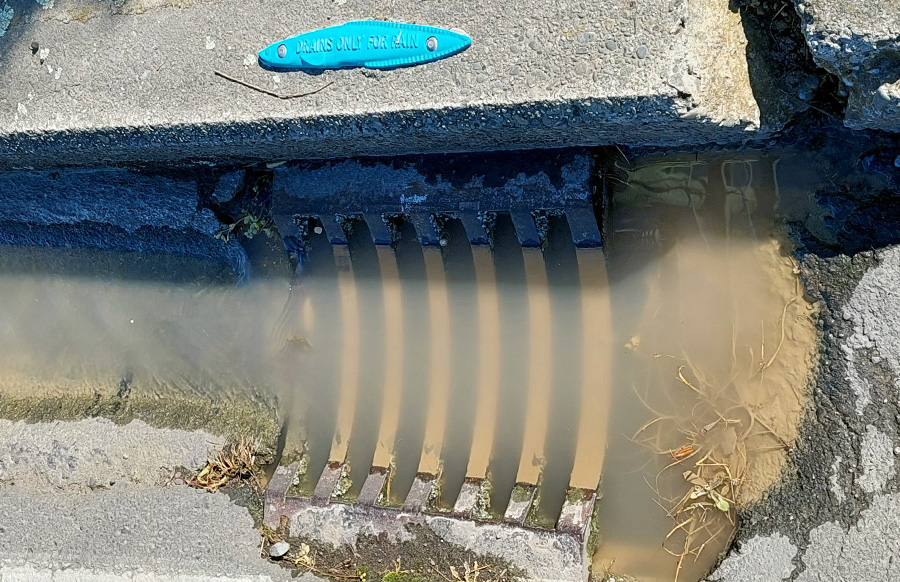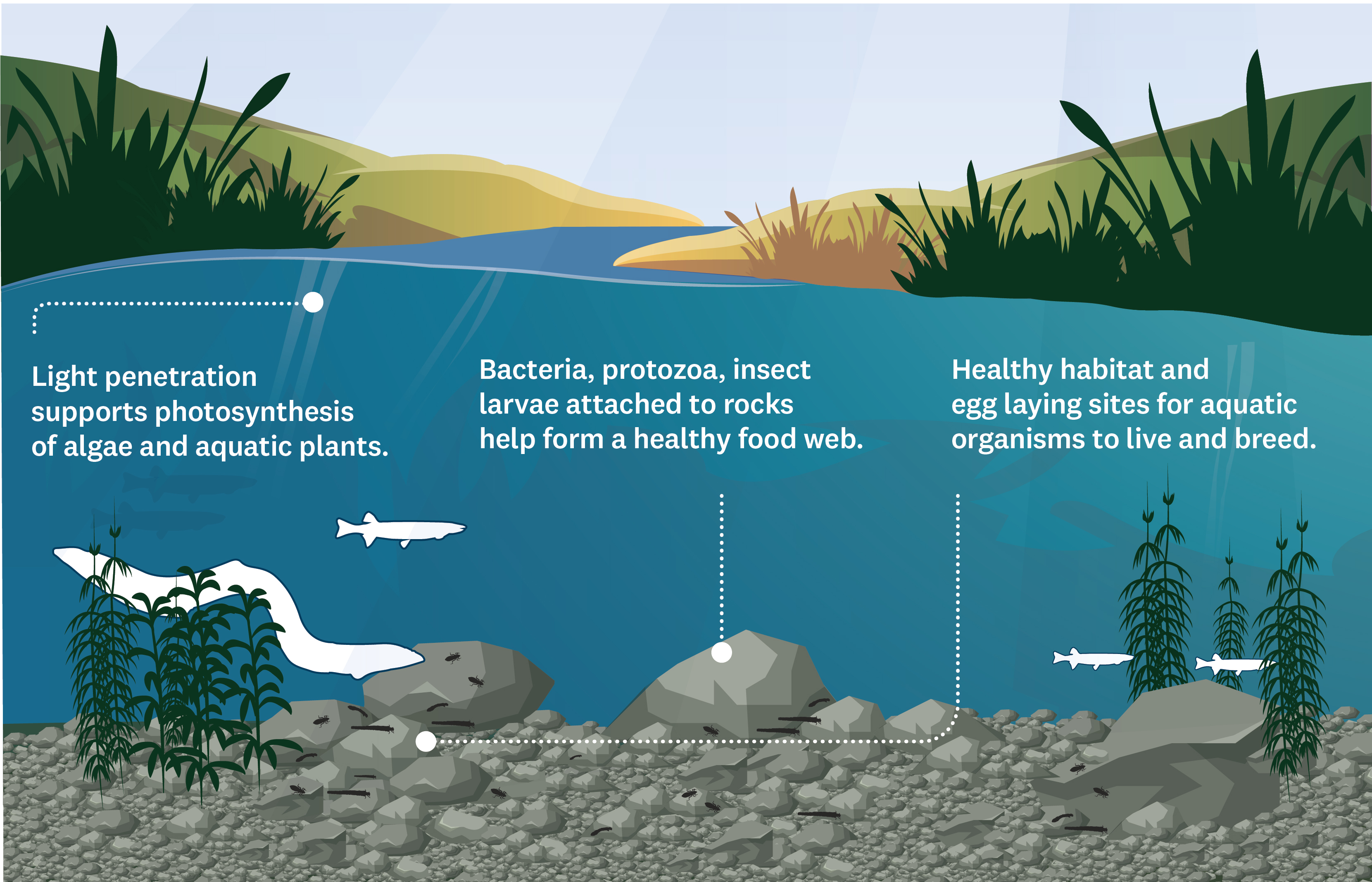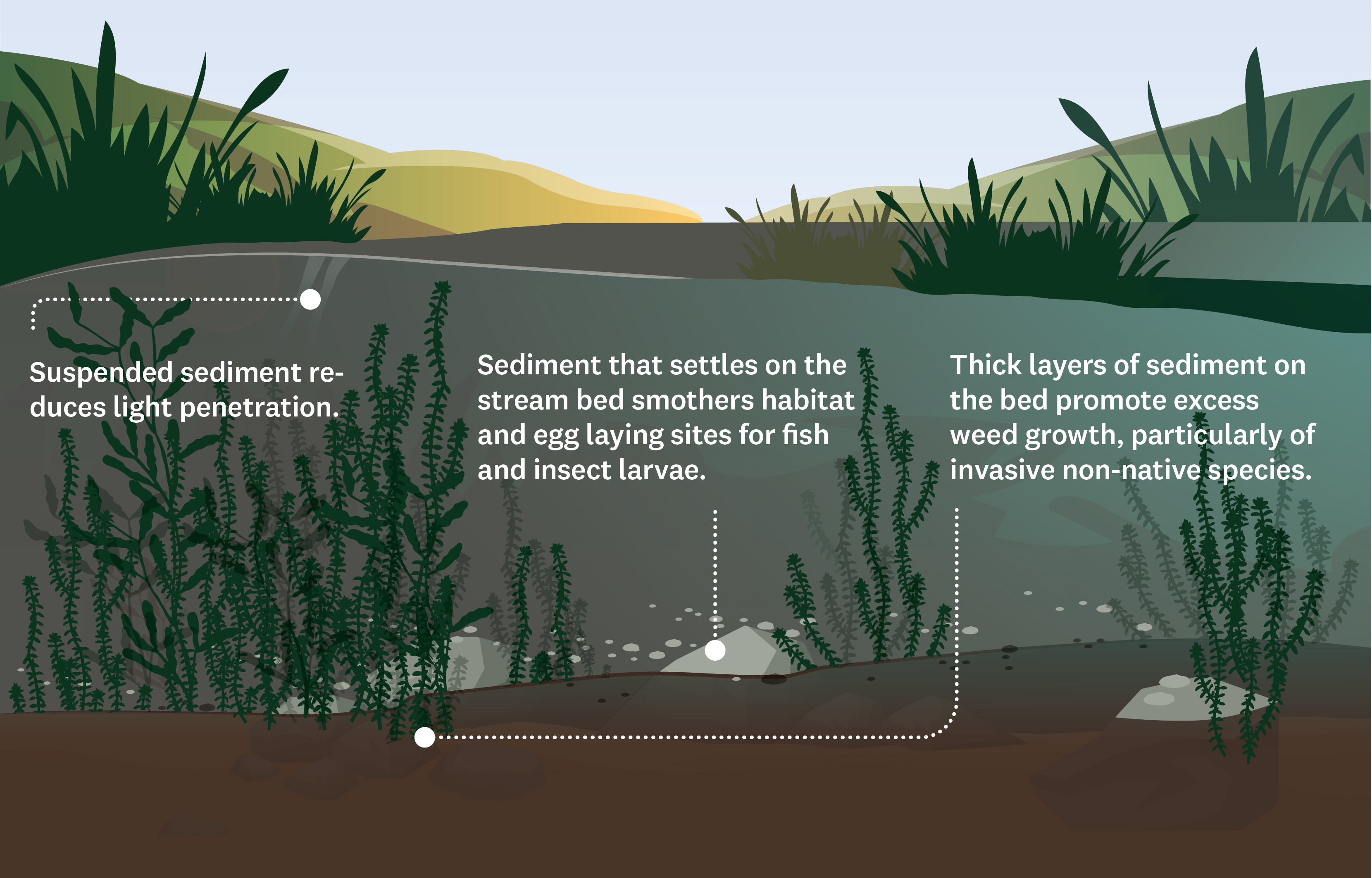
Don’t let our waterways go down the drain. Grate tips for reducing stormwater pollution
Did you know the stormwater drains you see on the side of the road lead directly into our rivers, streams and the ocean? Many people assume that whatever travels down these drains gets treated, but in most situations, this is not the case.
In urban areas of Canterbury, stormwater drains usually lead directly to waterways. This means that sediment, chemicals and contaminants that enter our stormwater pipes go directly to streams, wetlands, and the sea.
This threatens Canterbury's water quality and aquatic life and comes at a cost to ratepayers. Councils can spend millions each year on construction and maintenance to improve stormwater quality.
Stormwater flows straight into our waterways
If you didn’t know this about our stormwater drains – you’re not alone.
A 2018 Christchurch City Council’s Christchurch Waterways Survey found 42 percent of respondents either didn’t know where stormwater flows to or thought it went to a treatment plant.
"Recently we’ve seen some really concerning contaminants coming out of our stormwater pipes and into rivers such as the Avon and Heathcote,” said Nathan Dougherty, Zone Delivery Lead.
"This can have devastating effects on wildlife like tuna/eels, fish and people's ability to recreate in and around the rivers."
To help address this threat to our waterways, we are asking everyone to do their bit to make our waterways cleaner, healthier, and safer.
This year, we have a special focus on reducing litter, picking up dog poo and using the Snap Send Solve app.
What is stormwater?
Stormwater is water that runs off hard surfaces like roofs, driveways, footpaths and roads. On its journey to the drain, it picks up a whole heap of other nasties, like cigarette butts, litter, road dust, dog poo, spills and soil, that end up in our rivers and streams.
When people don’t pick up dog poo or throw litter on the ground, it all gets washed into our stormwater system when it rains. This degrades the health of our waterways.
Piles of soil or other kinds of sediment also become a big problem for our waterways when they run down drains and into the system.
Other significant contributors to contamination include copper from car brake pads, zinc from tyre wear and runoff from galvanised iron roofs.
Major problems
Litter
Tanya Jenkins, organiser of the May 2023 ‘Mother of All Clean ups’ event, was shocked by the amount of litter found polluting Christchurch waterways during their latest event.
In one day, volunteers recorded:
- 466 large bags of litter
- 187 items like tyres, pellets, plastic Christmas trees and even an old BBQ
- 2,370 kg of rubbish in total when weighed in at Bromley landfill
- 310 piles of dog poo.
Dr Elaine Moriarty, Surface Water Science Manager, explains why this is a problem:
"Litter in our waterways can leach contaminants into the water, clog up stream bed habitats and often break down into smaller particles like microplastics that are ingested by aquatic organisms causing harm or death."
Clear-looking water can still be contaminated
Sadly, clear-looking water can contain nasties too.
Since the beginning of the year, we have received 281 reports of discharges to waterways throughout Canterbury.
In fact, of the 50 rivers streams and coastal sites measured in the Christchurch Surface Water Quality Report 2022, all sites failed to meet guideline levels for at least one of the substances tested for.
Key contaminants included sediment, zinc, copper, oil, persistent chemicals such as pesticides, E. coli (an indicator of faecal contamination) and dissolved phosphorus.
Thirty-six of the waterways tested failed to meet recommended levels for the major stormwater contaminants sediment, zinc or copper — five more than the previous year, and only three sites were not in breach of the guideline E. coli levels.
Sediment (dirt) in our waterways harms aquatic life
Sediment contamination is caused by soil running into stormwater drains when it rains. This may not spring to mind as a big problem, but it can cause serious harm to our aquatic life.
"Sediment in waterways affects all levels of the stream food web. It makes it hard for aquatic plants and algae to photosynthesise, smothers habitat and egg-laying sites on the stream bed and destroys food sources for our native aquatic creatures such as fish, crayfish and mussels,” said Dr Moriarty.
"Ultimately, these contaminants can kill fish, aquatic insects and plant life – ruining habitats. A polluted stream may never fully recover."
Playing your part
Many people taking small actions, can lead to significant results.
"When you pick up litter and dog poo rather than leaving it to get washed into a drain or directly into a waterway, it keeps the water clean and safe for recreation – we all want that!” said Dr Moriarty.
Keeping waterways free from litter protects the habitat of our aquatic life like tuna/eels and īnanga/whitebait.
Taking care not to let sediment drain into the stormwater system is important too.
"When we clean up our sections, we need to make sure that we don't sweep dirt, leaves or litter down the stormwater grate”. said Dr Moriarty.
- Pick up green waste and put it in the correct bin or back on your garden.
- Dirt piles and bare soil must be covered or stabilised to make sure they don’t cause dirty runoff when it rains.
The Snap Send Solve app is a very easy and convenient way to make a difference and help stop harm to our waterways.
"If you see something blocking or running into a stormwater drain, use the app, or contact us. Reports are monitored, and urgent issues will be responded to quickly," said Dr Moriarty.
Together, we can protect our waterways:
- Check out ecan.govt.nz/stormwater for tips on how to protect our waterways. Please share this information with your friends, family and community groups.
- If you see dirt or sediment on footpaths or in drains, report it using the Snap, Send, Solve app or contact us.



